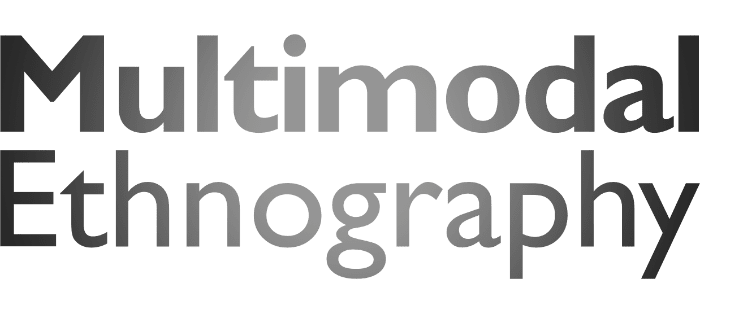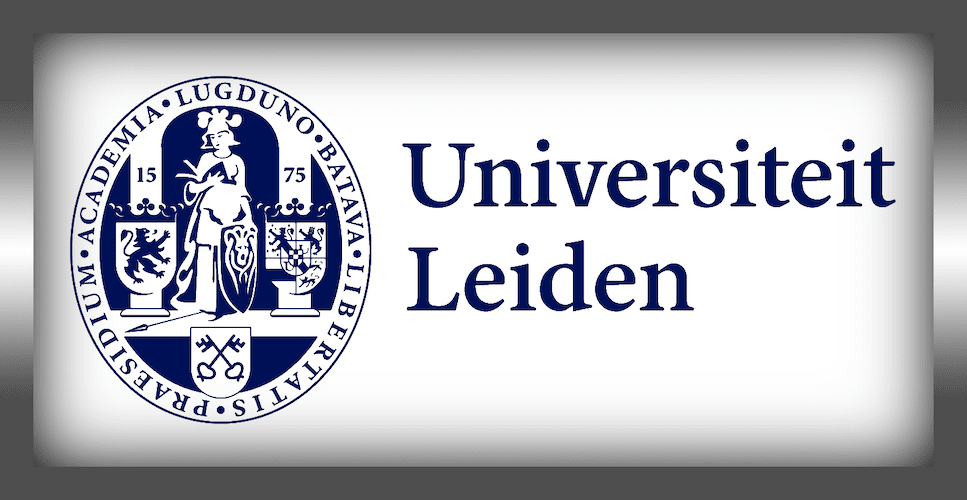This tutorial will introduce you to the art of recording and listening to sound. We will work with a simple audio set up to make field recordings, and discuss how such material might then be developed into fully-fledged soundscapes for this unit’s FSA
In-Class Exercises
For the first 10-15 minutes, we will troubleshoot any issues that came up during your experimentation; next, we will discuss parameters that can structure your approach to recording. After this we will head to the station where, in groups of 2, we will spend approximately 45 minutes on the following exercises:
- Listen, strictly without talking, for at least 5-10 minutes.
- Record 2-3 static ambiances from different positions in the space, max 2 minutes each. Use the Tascam in X-Y pattern.
- Record 2-3 “sound walks” through the space, of no more than 2 minutes each. Use the ME64 Cardioid.
- Seek out and record 2-3 discrete sonic events or process, max 2 minutes each. Use the ME66 Cardioid.
Be sure to record each block of 2-3 recordings as a single file (doing otherwise will make selecting tracks to play back difficult). While recording, you should focus in particular on 1) setting appropriate levels (but not “riding the levels” excessively), and 2) avoiding handling noise.
Next, we will return to the classroom to listen back to and discuss some of what we recorded (and how we felt doing it). What do we hear, in terms of both objects and recording parameters? How well recorded is it, and how can this be improved? How might we construct larger “soundscapes” from such materials? This will also provide an opportunity to revisit any issues you have with recording. Please note that due to time constraints, it may not be possible to listen to recordings by everyone; be sure to listen back to your own recordings later.
This Seminar focuses on two questions. Firstly, what are the potentials, and limitations, of doing anthropology in sound: of ethnographies that are not written texts, but tape cassettes, CDs, or audio installations? Secondly, what can sound contribute to cinema (particularly of the ethnographic variety) beyond music’s emotional manipulation? To considering the former, we will listen, in class, to several “sonic ethnographies” and discuss them in dialogue with the assigned literature (written by their creators). The second, illustrated by the Audio-Vision online module, we will discuss through reference to Paul Henley’s essay and the first chapter of Michel Chion’s Audio-Vision.

